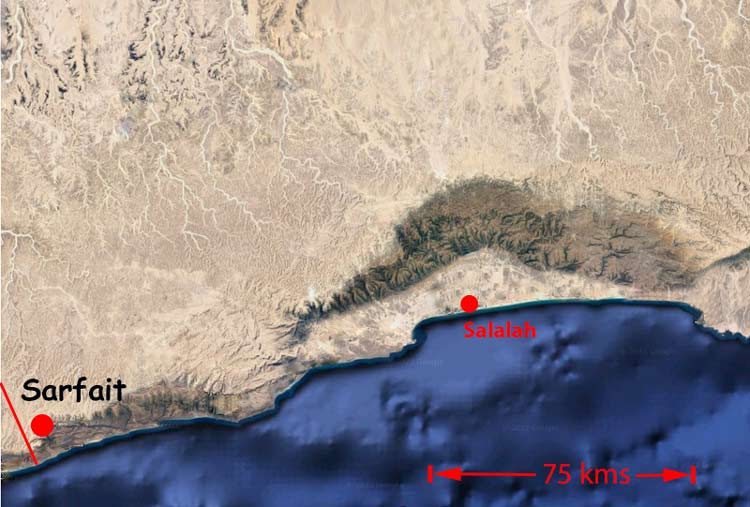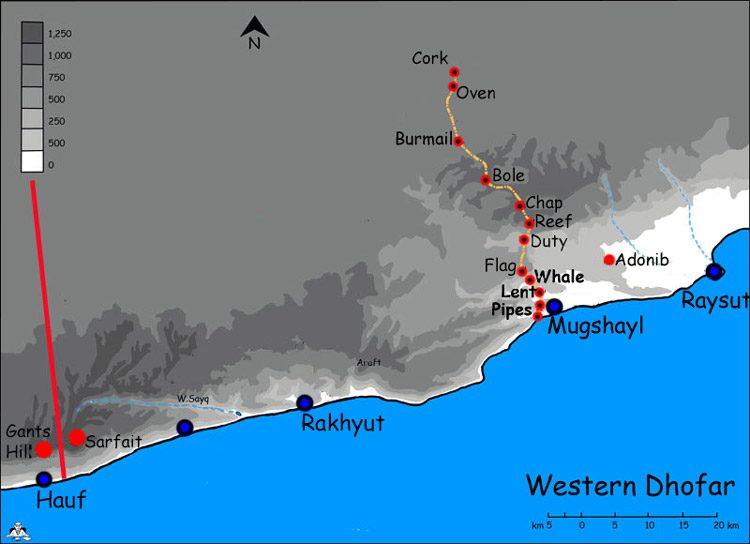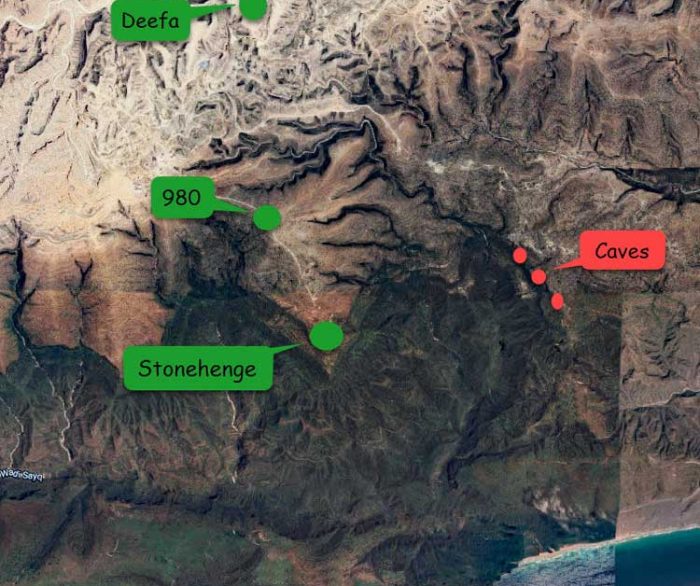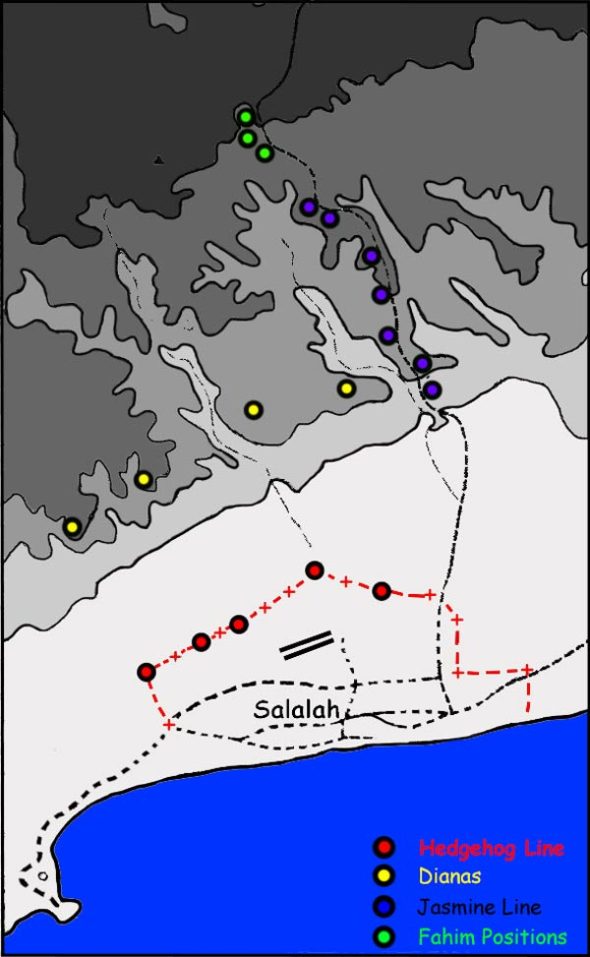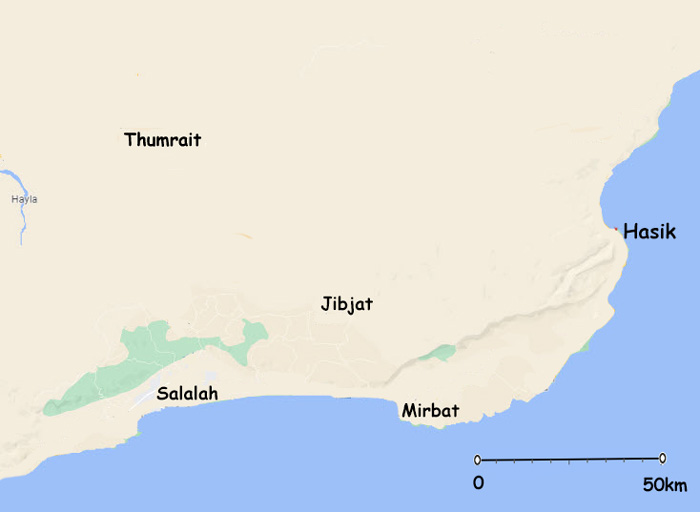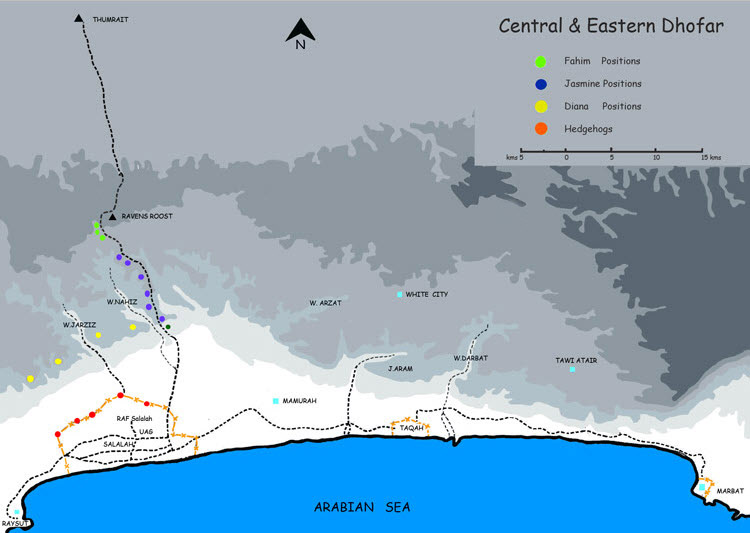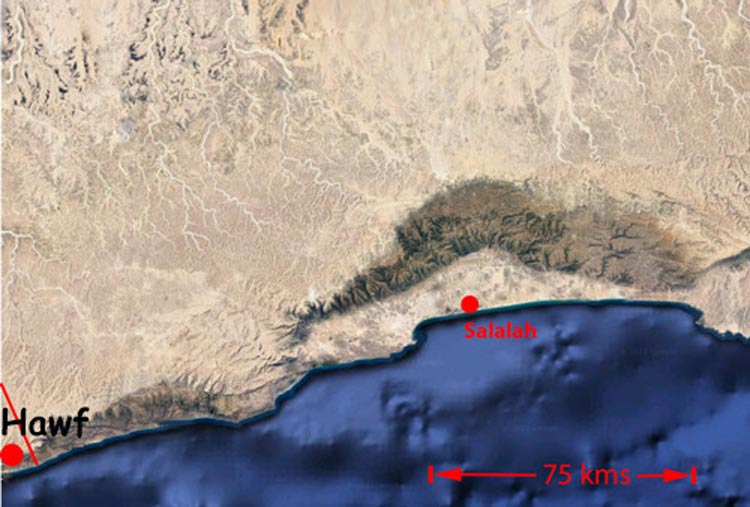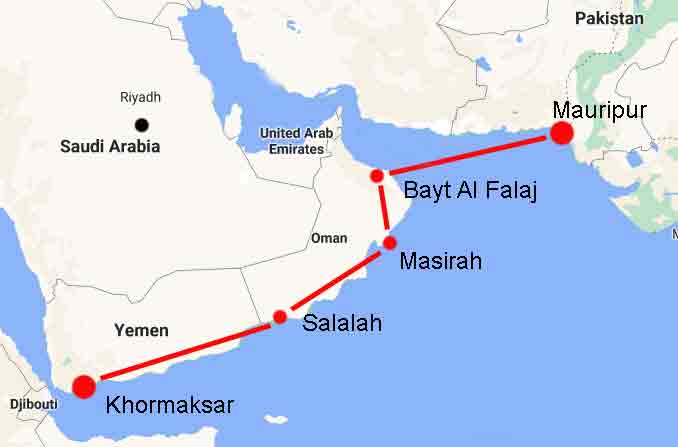55 Field Surgical Team RAMC
The British Army
In 1972 the British Armed Forces consisted of 371 thousand regulars. Men and women spread widely around the world and often accompanied by their families. The strength of the army when this website was commenced in 2003 was about 100,000 and was largely based in the UK. The late 2019 figure is probably somewhere in the region of 84,000 and is deployed over about 80 locations worldwide.
Today there are relatively few families abroad and the huge system required to support them abroad is no longer needed. The webmaster worked in BMH Rinteln for four years catering solely for service families but did have clinical contacts with the local German krankenhaus in Minden. We could teach them about our anaesthetic techniques and they could teach us about their skills with local anaesthesia.
The webmaster is of the opinion that even in the UK there is a need for dedicated wards in local general hospitals for service families where service doctors who have a particular understanding of their needs could care for them. Unquestionably the benefits gained from mixing with a wider range of doctors from across all specialities would benefit both the local NHS doctors and the RAMC doctors.
The experiences in Iraq and Afghanistan and the techniques and materials used by the military doctors have unquestionalbly benefitted NHS doctors in their dealings with casualties that have arisen both as a consequence of terrorist activity in the UK and the unprecedented violence in the community.
The Royal Army Medical Corps.
In the 1970s the RAMC was a much larger corps which provided doctors to regiments, field ambulances and over fifteen static hospitals. The scale of provision and organisation was entirely different to that found today. That is not to say that there were not shortages in some specialities.
The shortage in General Duties Medical Officers (GDMOs) had partly been addressed by the recruitment of Short Service Medical Officers. A medical cadetship started during the four and a half years that a student was at one of the recognised university medical schools, usually in the UK. This was followed by a registration year before the cadet finally put on a uniform and started an introduction course to the army at Mytchett and the Royal Army Medical College on Millbank. The attraction was that the cadetship attracted a salary. The cadet was then obliged to spend five years in the army in a Short Servicee Commission. Whilst sometimes there was the opportunity to sign on for a Regular Commission, the relationship between “regular” and Short Service officers, like that of the National Service medical officers before them, discouraged many and at the end of the five years most left the services.
Short Service Commission officers had the opportunity to train in one of the specialties if a vacancy arose. The webmaster spent his first two years in the medical centre at Kirkee/McMunn Barracks in Colchester looking after 1RHA, 19 Flt AAC, 8Inf Workshops REME and 19OFP as a GDMO. We had been warned at Mytchett on our basic training course that in many regiments RMOs were tolerated rather than accepted and came very low in the military pecking order. This was not so with 1st Regiment RHA and I was made most welcome.
Some SSC medical officers had very challenging experiences and freely expressed their reservations about life as a GDMO with, for example, some of so-called elite cavalry regiments. The webmaster remembers one former RMO who had a very difficult time on the north German plain and insisted on an immediate posting from that particular regiment.
After two busy years as a GDMO in Colchester the webmaster was given the prospect of training in anaesthesia at Queen Alexandra’s Military Hospital at Millbank. Very reluctantly he left 1RHA for the Queen Alexandra Military Hospital on Millbank. Six months basic anaesthetic training was given culminating with the examination for the Diploma in Anaesthesia at the Royal College of Surgeons. Success was followed by a posting as a trainee to another military hospital. Failure was alleged to have resulted in return to duties as an GDMO.
The anaesthetic complement varied from hospital to hospital; BMH Rinteln anaesthetic department in BAOR was staffed by a consultant, a specialist and a trainee anaesthetist. At that time there were perhaps twenty seven anaesthetists of various grades and experience spread throughout the hospitals in the army.
The workload was considerable. BMH Rinteln had about 250 beds, a busy maternity unit, a large childrens’ ward and was home to many of the specialist consultants in BAOR. More often than not there were only two anaesthetists available as one might be on leave or providing leave relief in another hospital. The two junior anaesthetists were also only partly trained which meant that if the consultant was away the responsibilities for anaesthesia in the hospital fell on young and inexperienced shoulders. Surprisingly I do not recall any disasters but do remember some periods of acute anxiety !
.

